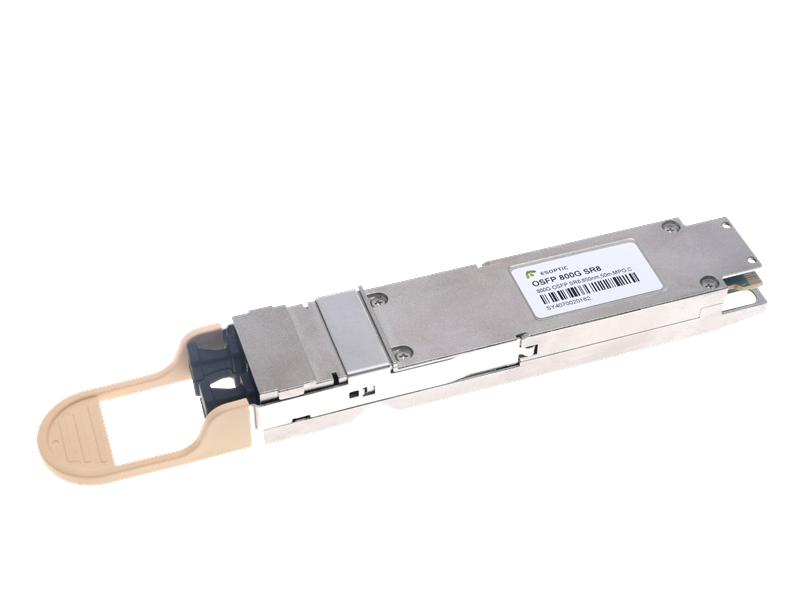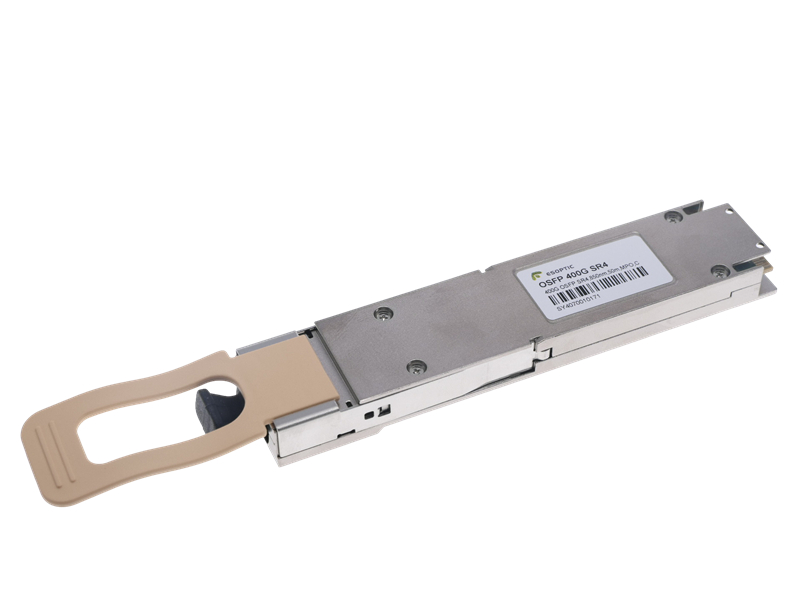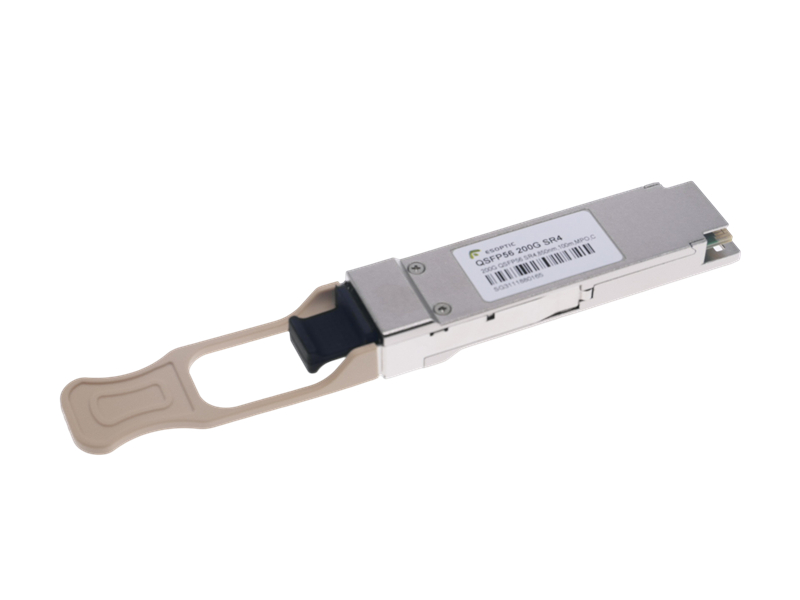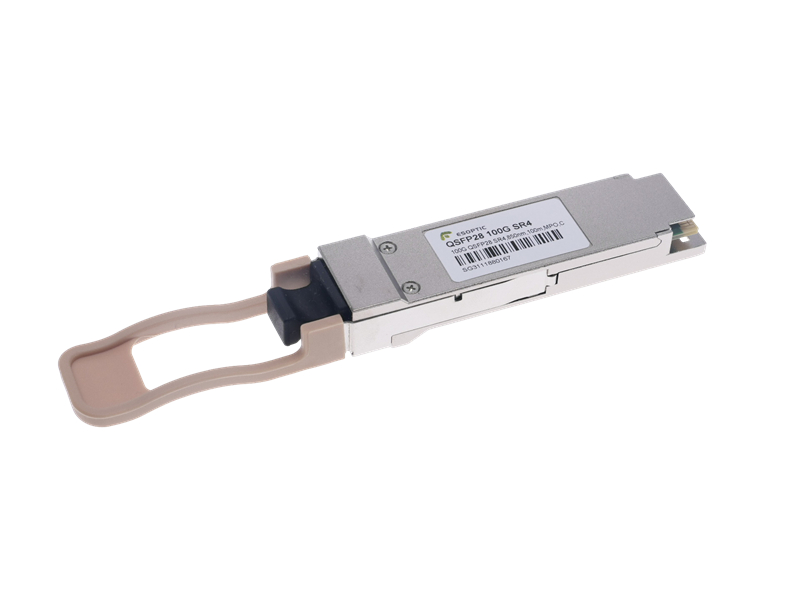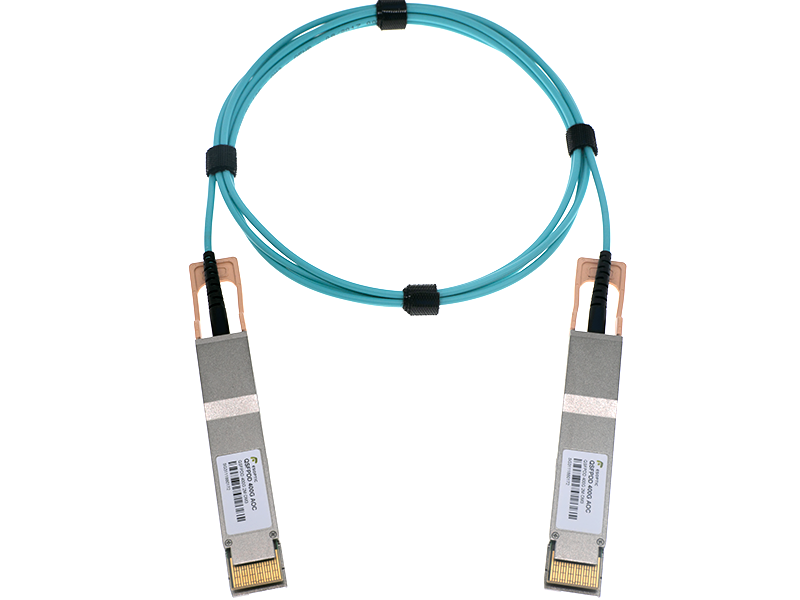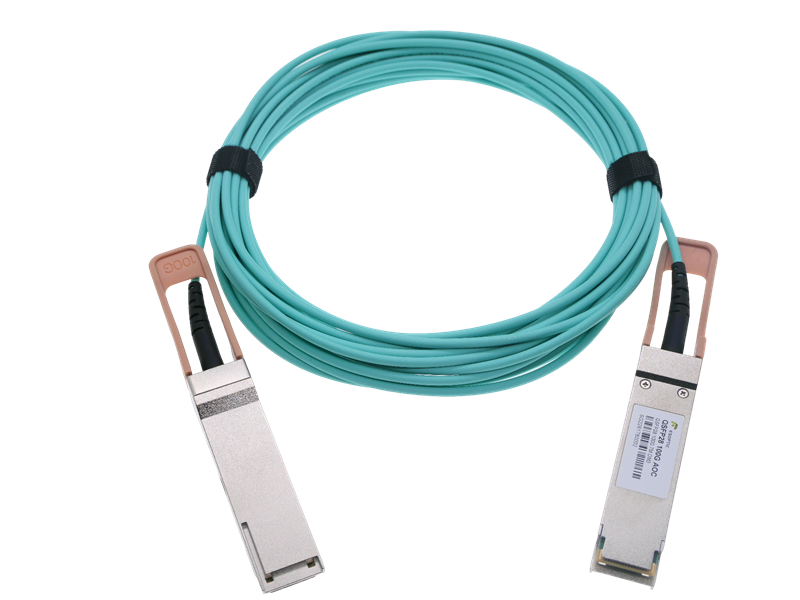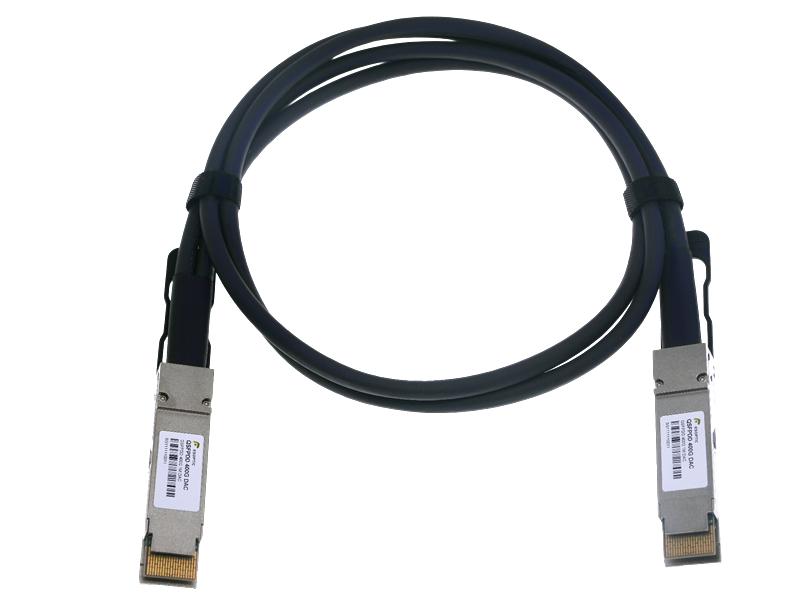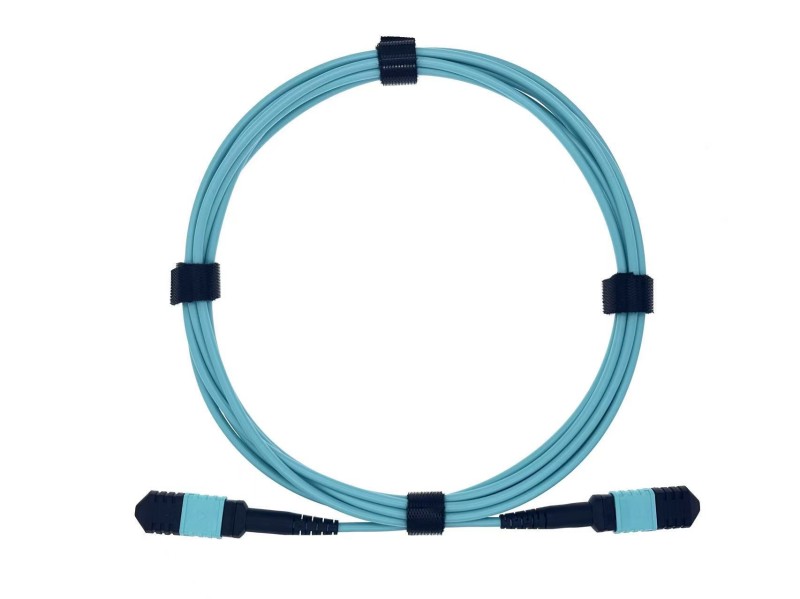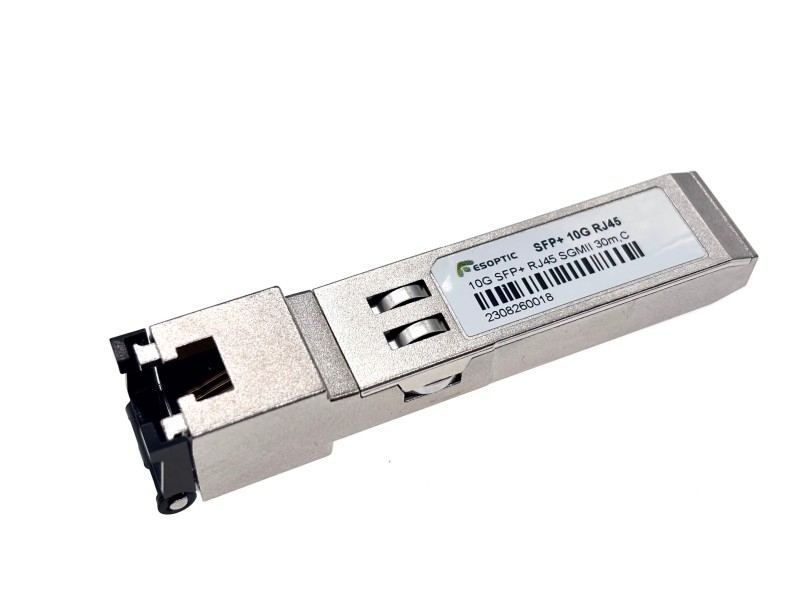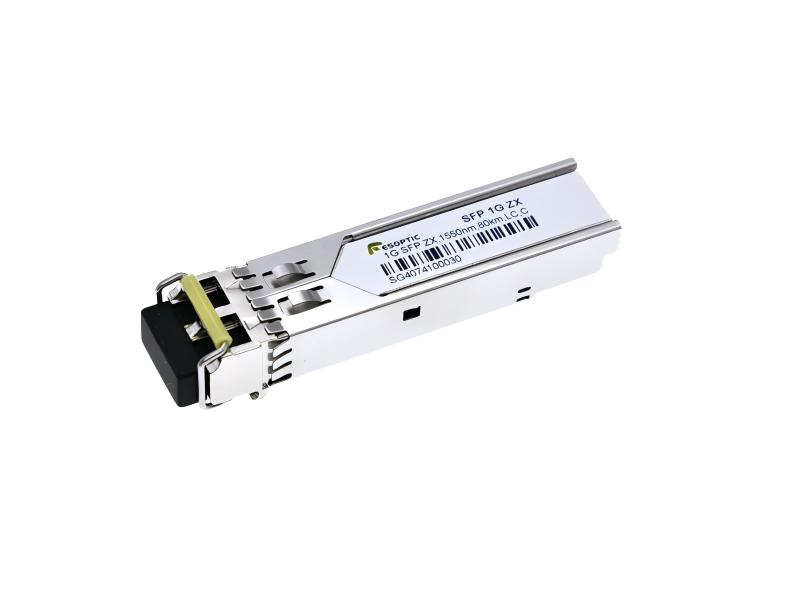In today's high-speed networks, the right optical transceiver makes a big difference in performance, cost, and compatibility. Among the most popular options are SFP, SFP+, and XFP modules. Though they often appear similar, their capabilities and applications vary significantly. This guide walks you through the differences between SFP, SFP+, and XFP, helping you choose the best fit for your networking needs.
What Is SFP?
SFP (Small Form-factor Pluggable) is a widely-used optical transceiver that supports speeds up to 1.25Gbps. SFP modules are common in enterprise switches, media converters, and telecom systems. Because of their small size and hot-swappable design, SFP modules are a go-to choice for short and medium-distance fiber links. Their flexibility across different transmission standards makes SFP ideal for scalable access networks.
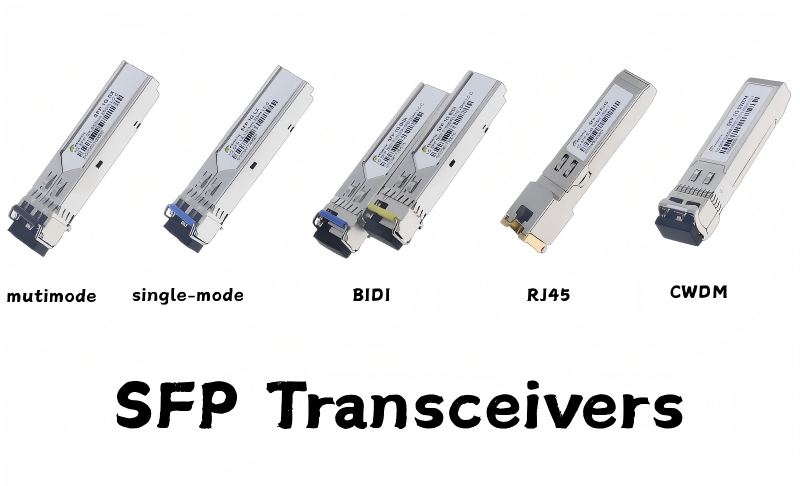
What Is SFP+?
SFP+ is the improved version of SFP, supporting up to 10Gbps. While it shares the same physical dimensions as SFP, SFP+ is optimized for speed and lower latency. SFP+ modules are heavily used in cloud computing, data centers, and top-of-rack switches. Thanks to its cost-efficiency and high port density, SFP+ has become the standard choice for modern 10G deployments. Compared to XFP, SFP+ offers better space-saving and power efficiency.
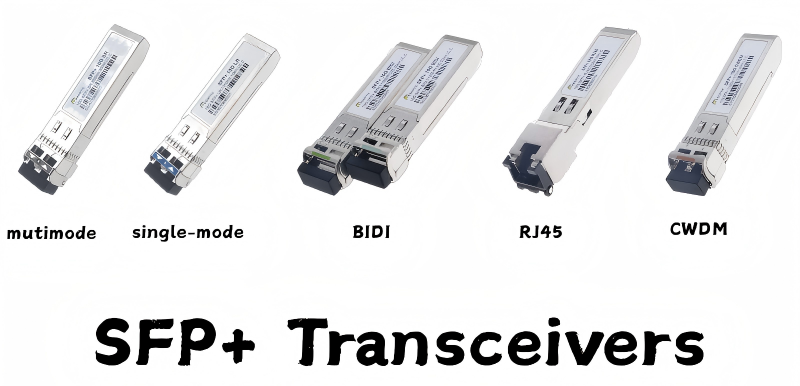
What Is XFP?
XFP (10 Gigabit Small Form-factor Pluggable) also supports 10Gbps, but it's larger than both SFP and SFP+. Unlike SFP+, which relies on the host system for signal processing, XFP modules include built-in signal conditioning. This makes XFP more independent, though less energy-efficient. Many legacy systems still rely on XFP, especially in telecom and long-haul applications. If your network uses equipment with XFP ports, then XFP modules are essential for compatibility.
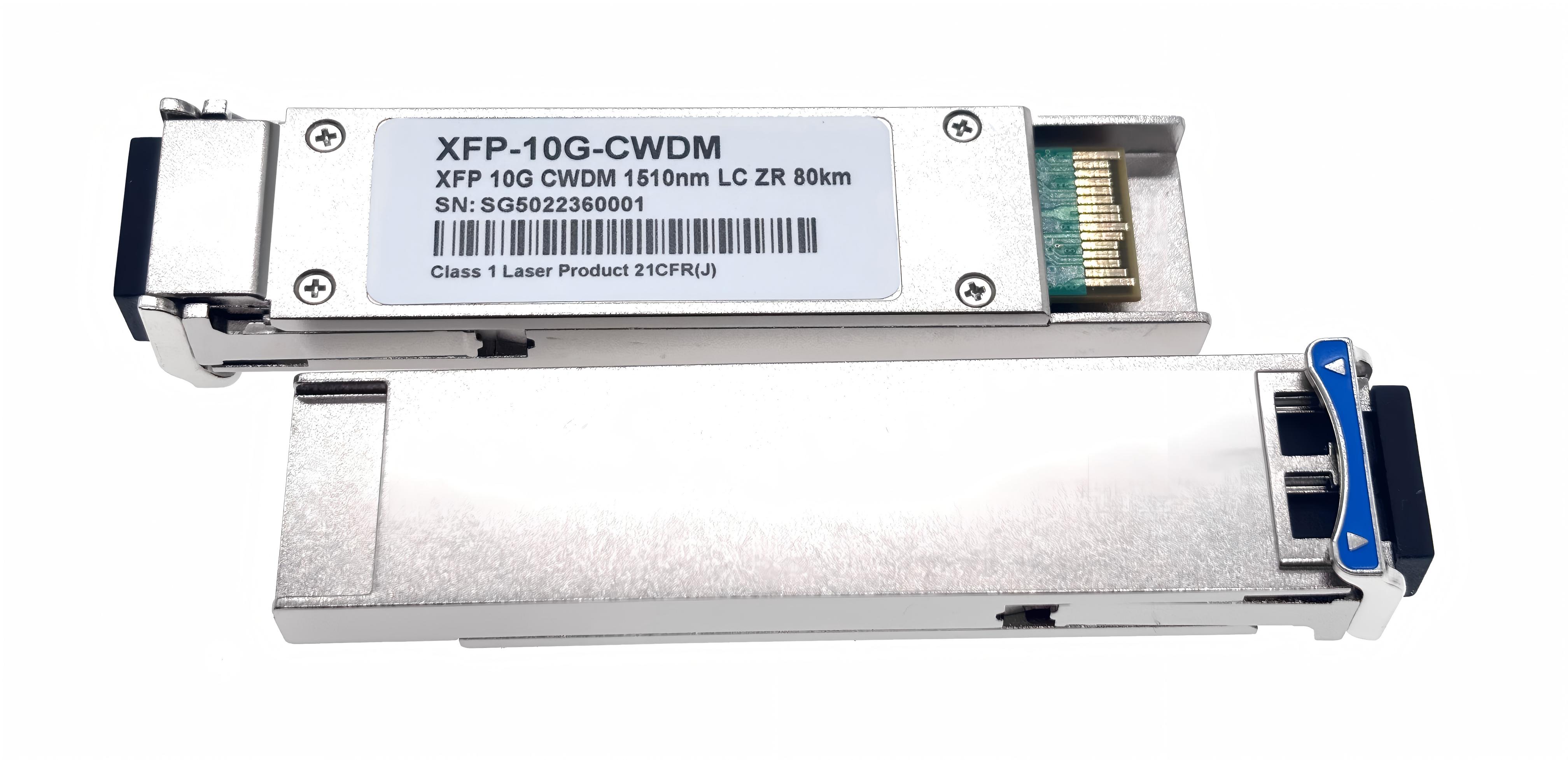
SFP vs. SFP+ vs. XFP: Key Differences

When Should You Choose XFP?
Although XFP is no longer the go-to solution for modern networks, it still has specific advantages. If your infrastructure includes older switches, routers, or transport equipment that require XFP slots, then using XFP modules ensures full compatibility. Moreover, some optical line systems and carrier-grade hardware still rely on XFP for long-distance or specialized wavelength tuning applications. Therefore, XFP remains relevant in niche markets, despite the rise of SFP+.
Conclusion
Understanding the technical and practical differences between SFP, SFP+, and XFP helps you avoid costly mistakes in network design. SFP is perfect for standard gigabit needs. SFP+ brings high speed and efficiency to data-driven environments. XFP remains vital in legacy setups and specialized optical systems. Choosing the right module—SFP, SFP+, or XFP—ensures smooth performance and long-term compatibility.


